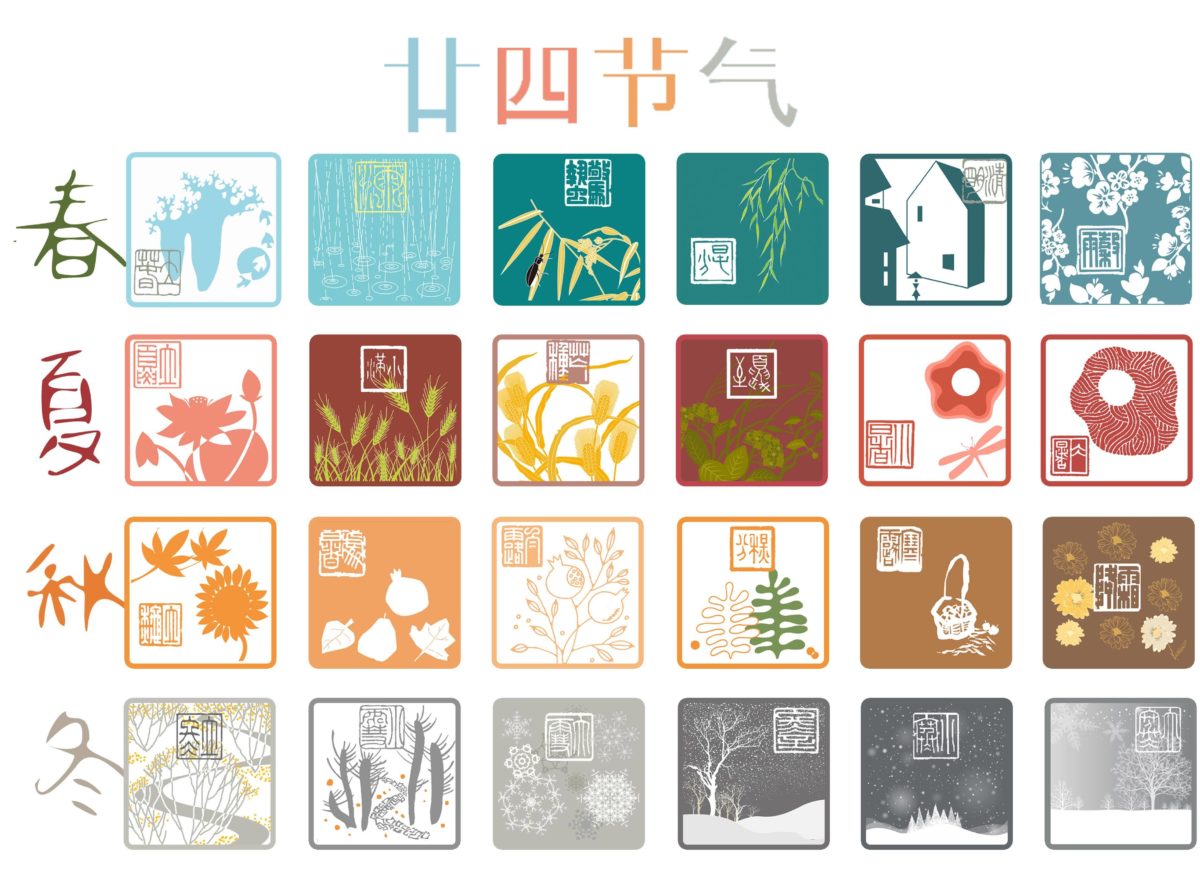
按照中国农历的纪年法,每个月都有两个节气,一年共有24个节气。
According to the way of numbering the years in Chinese lunar calendar, there are two seasonal division points in each month, making 24 in a year.
节气是中国农历特有的,是中国劳动人民的创造。古人在长期的生产劳动中,逐渐认识了气候变化的规律,他们根据太阳和地球的相互关系,把一年的天数分成24等分,用来表示季节和气候的变化。这样,差不多每15天就有一个节气,每个月就有两个节气了。二十四节气在公历中的日期几乎是固定的,上半年(1~6月)的节气都在每个月的6日和21日前后;下半年(7~12月)的节气都在每个月的8日和23日前后。
The seasonal division points are peculiar to China. In the long period of productive labor, ancient men gradually realized the rule of climate change. According to the relationship between the sun and the earth, they divided all the days in a year into 24 parts to indicate the change of seasons and climate. Thus, there is a seasonal divisional point about every 15 days; those in the first half of the year (from January to June) all fall around the sixth or 21st day of the month, and those in the latter half of the year (from July to December), on about the eighth or 23rd day of the month.
二十四节气的名称分别是:立春、雨水、惊蛰、春分、清明、谷雨、立夏、小满、芒种(zhong)、夏至、小暑、大暑、立秋、处暑、白露(lu)、秋分、寒露、霜降、立冬、小雪、大雪、冬至、小寒、大寒。
The names for the 24 seasonal division points are: Beginning of Spring, Rain Water, Waking of Insects, Vernal Equinox, Pure Brightness, Grain Rain, Beginning of Summer, Grain Budding, Grain in Ear, Summer Solstice, Slight Heat, Great Heat, Beginning of Autumn, Limit of Heat, White Dew, Autumnal Equinox, Cold Dew, Frost’s Descent, Beginning of Winter, Slight Snow, Great Snow, Winter Solstice, Slight Cold, and Great Cold, respectively.
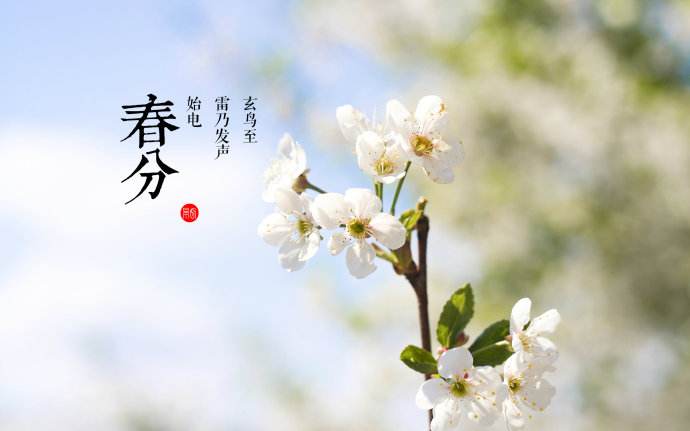
立春、立夏、立秋、立冬 表示四季的开始。
春分、秋分 是一年中昼夜一样长的两天。
夏至 是一年中白天最长、黑夜最短的一天。
冬至 是一年中白天最短、黑夜最长的一天。
The Beginning of Spring, Beginning of Summer, Beginning of Autumn and Beginning of Winter mark the start of four seasons. The Vernal Equinox and the Autumnal Equinox are the two points where the day and night are equal;
The Summer Solstice has the longest day and shortest night in a year, while the opposite is true for the Winter Solstice.
The Rain Water means the start of the spring rains. The Waking of Insects indicates that the spring thunder awakens hibernating insects.
The Pure Brightness means the onset of spring when a bright and clean spring scene replaces the cold, withered and yellow scene in winter.
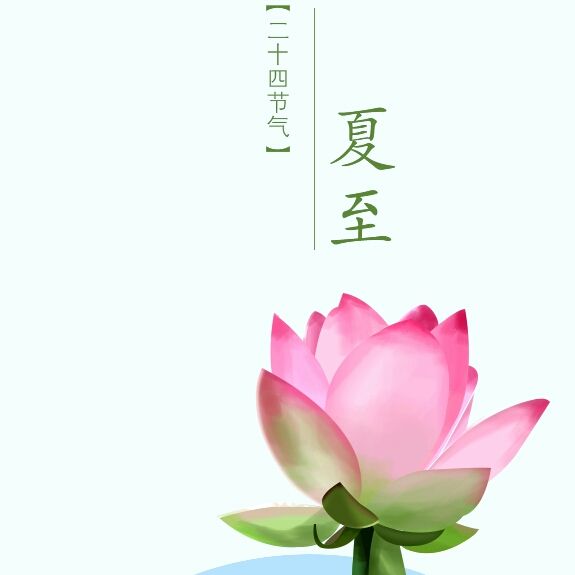
雨水 是开始下雨的意思。
惊蛰 表示春雷响过以后,冬眠的昆虫被惊醒了。
清明 是说春天到了以后,明净的春色代替了冬季寒冷枯黄的景色。
谷雨 表示从此雨水增多,对五谷的生长很有好处。
The Grain Rain indicates that from that day, there will be more rainfall, which is beneficial to the growth of crops.
The Grain Budding shows that crops that will ripen in summer start to show plump seeds.
The Grain in Ear tells people that the wheat has ripened.
The Slight Heat and Great Heat indicate the full onset of summer, with the Great Heat being the hottest day of the year.
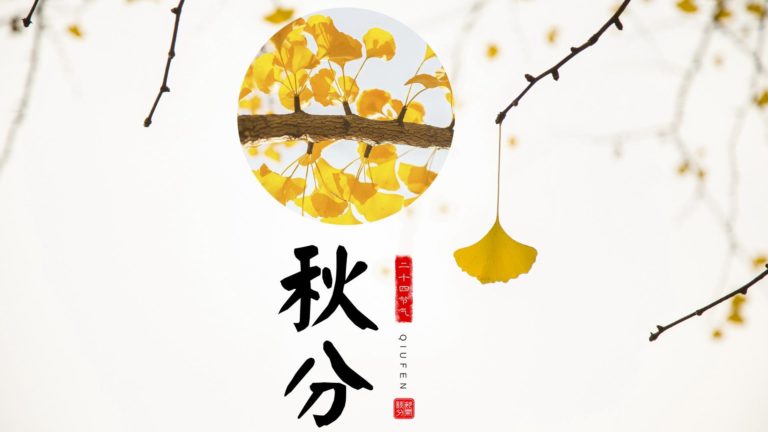
小满 表示在夏季成熟的农作物籽粒开始饱满了。
芒种 告诉人们小麦已经成熟了。
小暑、大暑 表示天气炎热的程度,大暑是一年中最热的时候。
处暑 表示炎热的天气快要过去了。
The White Dew tells people that dew appears in the morning to show that the weather is turning cold, and, as this intensifies, we move on to the Cold Dew.
The Frost’s Descent means the appearance of the first frost of the season.
The Slight Snow and Great Snow mean the arrival of the snowy season.
The Slight Cold and Great Cold indicate the degree of coldness in winter, with the Great Cold being the coldest day of the season.
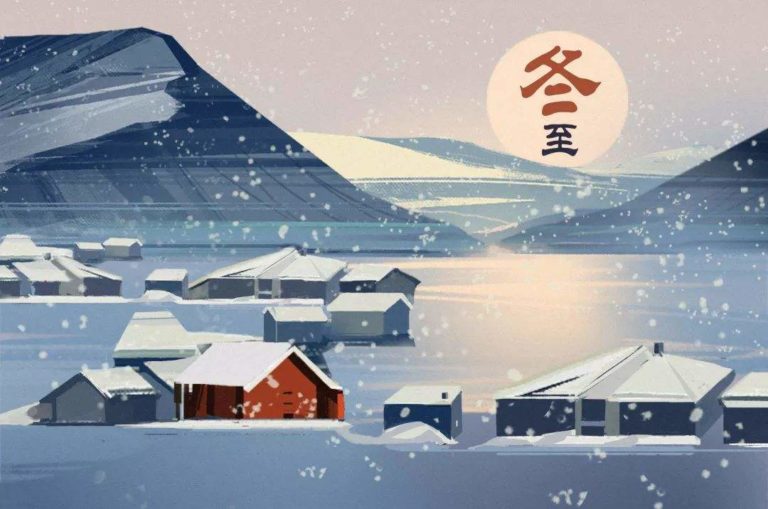
白露 告诉人们开始下露水,天气就要冷了。
寒露 表明露水已重,天寒加剧。
霜降 是开始下霜的意思。
小雪、大雪 表示到了下雪的时节和雪量大小的差别。
小寒、大寒 表示冬天寒冷的程度,大寒是一年中最冷的时候。
The White Dew tells people that dew appears in the morning to show that the weather is turning cold, and, as this intensifies, we move on to the Cold Dew.
The Frost’s Descent means the appearance of the first frost of the season.
The Slight Snow and Great Snow mean the arrival of the snowy season.
The Slight Cold and Great Cold indicate the degree of coldness in winter, with the Great Cold being the coldest day of the season.
二十四节气对中国的农业生产起?很大的作用,人们为了方便记忆,还编出了《二十四节气歌》:
春雨惊春清谷天,夏满芒夏暑相连,
秋处露秋寒霜降,冬雪雪冬小大寒。
上半年是六、二一,下半年是八、二三。
The 24 seasonal division points have great influence on China’s farming. For the convenience of memory, people compiled the Song for the 24 Seasonal Division Points:
Following the Beginning of Spring and Rain Water, the Waking of Insects awakens the Vernal Equinox, and then comes the Pure Brightness and Grain Rain,
Beginning of Summer, Grain Budding, Grain in Ear, Summer Solstice, Slight Heat, Great Heat, Beginning of Autumn, Limit of Heat, White Dew, Autumnal Equinox, Cold Dew, Frost’s Descent, Beginning of Winter, Slight Snow, Great Snow, Winter Solstice, Slight Cold, and Great Cold, respectively.
After the Beginning of Summer, Grain Budding, Grain in Ear, and Summer Solstice, the Slight Heat is connected with Great Heat.
The Beginning of Autumn and Limit of Heat is followed by the White Dew, Autumnal Equinox, Cold Dew and then the Frost’s Descent,
And the Beginning of Winter leads to the Slight Snow, Great Snow, Winter Solstice, Slight Cold and Great Cold.
In the first half of the year, the seasonal division points fall on the sixth or 21st day of the month,
And those in the latter half year occur on the eighth or 23rd day of the month.
Learn native Chinese with Chinlingo, Easy and Fun with us
Click here to try a trial 1-on-1 lesson
Contact us: Facebook: chinlingo
Wechat: lovechinlingo; lovechinlingo2
Email: public@chinlingo.com





 闽公网安备 35020302035673号
闽公网安备 35020302035673号
3 responses on "The 24 Seasonal Division Points/24 节气"